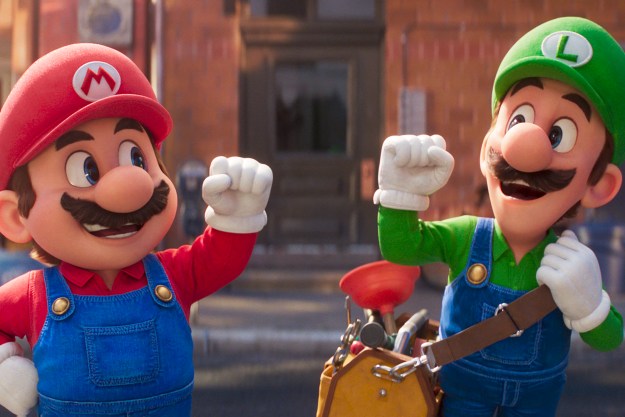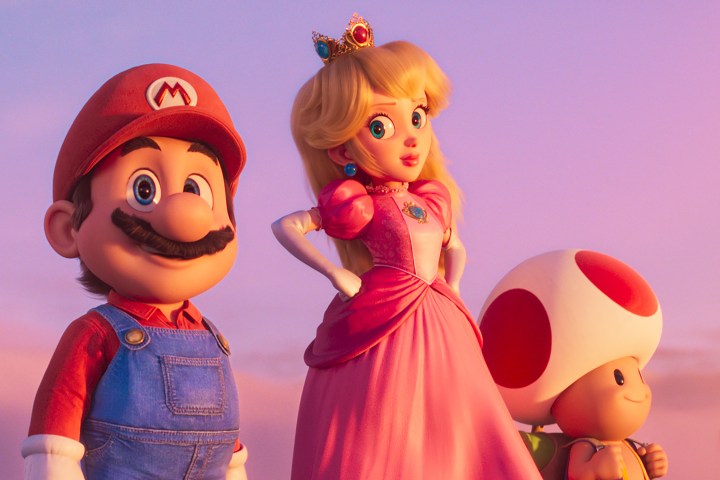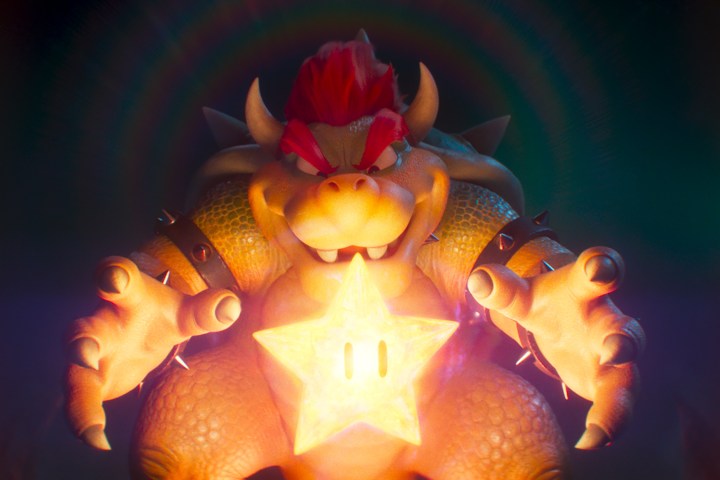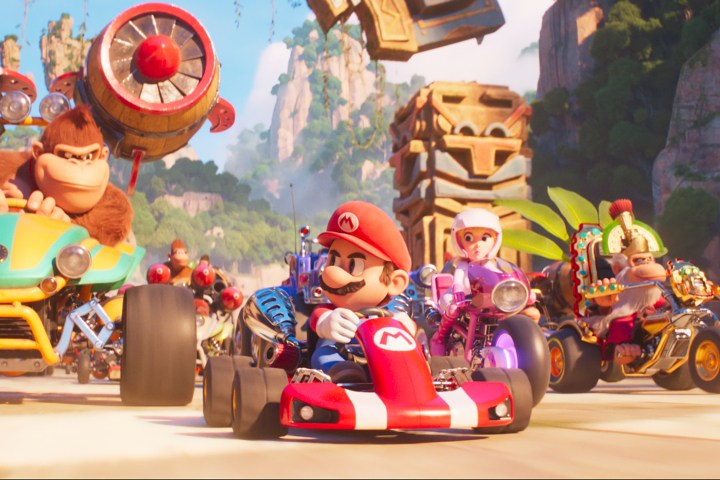OPPENHEIMER (2023) REVIEW

Director Christopher Nolan is an acclaimed film director that many, including myself, have found to be exceptional in the execution of the films that he directs. While he’s been around for quite some time, developing several short films (both released unreleased), several first noticed Nolan’s work as a director in his sophomore film Memento. Released in 2000, Nolan’s Memento was a complex film of dueling narratives story threads, which meet at the end of the film, producing one whole and cohesive narrative storyline. Even if you didn’t have Memento on your “movie radar” or even his third time Insomnia in 2003, many (and I do mean many) recognized Nolan’s directorial work after successful taking the DC superhero “cape crusader” (i.e. Batman) and created the celebrated Dark Knight trilogy (Batman Begins, The Dark Knight, and The Dark Knight Rises). From there, Nolan went on becoming a much-respected director from critics and the public of moviegoers, with his other films like The Prestige, Inception and Interstellar. Nolan’s approach to crafting a feature film is what makes him truly stand out, rooting his pictures with sociological, ethical, and philosophical concepts / ideas, the explanation and constructs of time, and the nature of personal identity and memory. Additionally, Nolan, who usually also writes the screenplay for most of his movies, also weaves very complex narratives, with some nonlinear storytelling and a tendency to emphasis characters (and their cinematic journey) rather than making the feature’s primary focus on its visual effects and other nuances. Such was the case with his latest 2017 film Dunkirk, which took branched out into the realm of WWII, but imbuing the feature with Nolan’s cinematic flourishes, while 2021’s Tenet continued to explore the director’s concept of time (the flow of it and inverted passage of time) in the realm of a sci-fi action thriller. Now, two years after the release of Tenet, director Christopher Nolan and Universal Pictures prepare for another release an explosive bio-pic drama in the release of Oppenheimer, a film to examine the life of J. Robert Oppenheimer and his work on the atomic bomb. Does this movie give a stirring and cinematic insight in the “father of the atom bomb” or is it bloated endeavor that explodes underneath the weight of inherit hype and anticipation?
J. Robert Oppenheimer (Cillian Murphy) has proven himself to be brilliant theoretical physicists, educating himself by other genius minds that have nurtured and challenged his intellect in the realm of quantum mechanics and theory. After expecting a teaching job in Berkeley, Oppenheimer finds himself receiving an unlike invitation to be a part of the American war machine effort, tasked by General Leslie Groves (Matt Damon) to development of an atomic bomb as World War began to take shape in early 1940s. During the next several years, Oppenheimer is given the mission of assemblage, with the formation of a team that will work together with other dysfunctional geniuses, while trying to keep Groves and his military intelligence on an even keel pace with the operation. While Oppenheimer found a match in his wife, Kitty (Emily), and maintained a rocky lover affair in Jean (Florence Pugh), the physicist’s focus remains primarily on the organization of the Trinity Sit, taking scientists and military personnel to New Mexico to build an atomic bomb. Yet, even after the creation of the bomb, Oppenheimer faces scrutiny from various members, including trying to find common ground with Atomic Energy Commission figure, Lewis Strauss (Robert Downey Jr.), as he quickly realizes that his success comes at a price, with those in charge of the nation unwilling to let him to have a way in the bomb’s legacy.



With Nolan at the helm, the famed director approaches Oppenheimer with a sense of integrity and respect for the source material, adapting Bird and Sherwin’s biographical book on the known physicist in a great respect and showing the humanity within him. Perhaps the most interesting aspect (to me, at least) was the simple fact of Nolan presenting the movie in telling of Robert’s life. Like many out there, I did know of Oppenheimer as a well-known theoretical physicist and as the creator behind the atomic bomb, but that was pretty much it. So, seeing his life being told and examined in the feature was definitely a cinematic treat to watch as events unfolded by further exploring his life in both in the public limelight and behind closed doors. Of course, this isn’t the complete “life and times” of J. Robert Oppenheimer’s life being presented in the movie, but certainly highlights the main part of what made him both famous and infamous equally. As to be expected, Nolan makes the character of Oppenheimer the central focus of it all, keeping the film focused on him and those who moved in and out of his life for those primary years that involved the creation of the atom bomb (before, during, and after). What follows is an extensive look into Robert’s career throughout those said years, with Nolan beautifully showing the excitement of innovation, yet also showing the moral consequences on the end of the spectrum. It is for this reason that Oppenheimer excels, with the feature driving a sense of terror and intensity towards every minute of it, which culminates into final preparation in making the atomic bomb a reality within the Trinity Test. With such a different take on such dealings in a biographical film, Nolan makes his first step into that foray and definitely succeeds. Naturally, Nolan’s directorial nuances come into play and height everything towards his style and filmmaking credibility. So, while Oppenheimer could’ve been presented as a well-informed, yet “by the book” biopic drama endeavor, Nolan shapes the feature towards his customary stylish visual flair and theatrical complexity in his first outing in the biographical genre. And it definitely works….in atomic spades.
Overall, Oppenheimer still a film that speaks to Nolan’s signature style, presenting a narrative that’s compelling and bold at the same time, symbolizing a man that ignite the world on its own path of destruction and a director’s heightened skills of cinematic creativeness for masterclass viewing experience.
In the presentation, Oppenheimer is quite the standout and another slam dunk visual presentation for Nolan’s work. While it doesn’t involve time-traveling individuals or mind-bending mechanics of a “dream world”, Nolan’s vision for his film makes a very bold and epic in size and scope. While some of the movie’s events are very personal and intimate in interior rooms and corridors, the movie doesn’t shy away from a expansive setting, with such intricate details of the feature’s timeline (circa 1930-1950s) are quite organic and a sense of realism. Thus, the film’s main players in the “behind the scenes” team, including Ruth De Jong (production design), Claire Kaufman, Olivia Peebles, and Adam Willis (set decorations), Elleen Mirojnick (costume designs), and Jake Cavallo, Samantha Englender, and Anthony D. Parrillo (art direction), should be commended for their efforts in bringing Nolan’s Oppenheimer to life in such a detail and vibrant way. Who should also be praised is film editor Jennifer Lame, who constructs the movie’s intricate timeline of events and handles those moments both beautifully and seamlessly throughout. Also, who should also be praised is the film’s cinematographer (and frequent collaborator with Nolan) Hoyte Van Hoytema, with his usage of camera photograph and dramatic shots / angles and utilizing shadowing / lightening helps deliver some cinematic moments in the film, which helps captivate that high quality of filmmaking that the director has been known for. Plus, as a sidenote, it was also ingenious on Nolan’s part that the movie doesn’t have any usage of CGI effects, which makes several sequences in the movie quite impressive to behold.
Click here for more movies
































